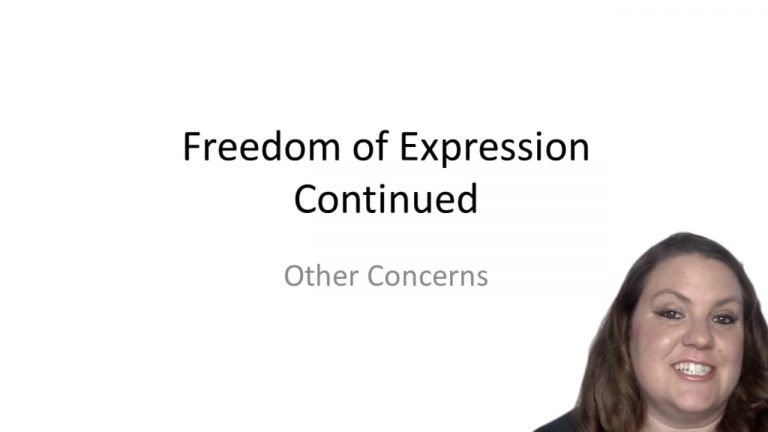SmartBrief
Confirm favorite deletion?
Constitutional Law Keyed to Maggs
Reed v. Town of Gilbert, Arizona
Citation:
135 S.Ct. 2218 (2015)Facts
The town of Gilbert, Arizona, has adopted a comprehensive code governing the manner in which people may display outdoor signs. The Sign Code identifies various categories of signs based on the type of information they convey, then subjects each category to different restrictions. The Sign Code prohibits the display of outdoor signs anywhere within the Town without a permit, but it then exempts 23 categories of signs from that requirement. Three categories of exempt signs include ideological signs, political signs, and temporary directional signs relating to a qualifying event. Petitioners Good News Community Church and its pastor, Reed, wish to advertise the time and location of their Sunday church services.
Only StudyBuddy Pro offers the complete Case Brief Anatomy*
Access the most important case brief elements for optimal case understanding.
*Case Brief Anatomy includes: Brief Prologue, Complete Case Brief, Brief Epilogue
- The Brief Prologue provides necessary case brief introductory information and includes:
Topic:
Identifies the topic of law and where this case fits within your course outline.Parties:
Identifies the cast of characters involved in the case.Procedural Posture & History:
Shares the case history with how lower courts have ruled on the matter.Case Key Terms, Acts, Doctrines, etc.:
A case specific Legal Term Dictionary.Case Doctrines, Acts, Statutes, Amendments and Treatises:
Identifies and Defines Legal Authority used in this case.
- The Case Brief is the complete case summarized and authored in the traditional Law School I.R.A.C. format. The Pro case brief includes:
Brief Facts:
A Synopsis of the Facts of the case.Rule of Law:
Identifies the Legal Principle the Court used in deciding the case.Facts:
What are the factual circumstances that gave rise to the civil or criminal case? What is the relationship of the Parties that are involved in the case.Issue(s):
Lists the Questions of Law that are raised by the Facts of the case.Holding:
Shares the Court's answer to the legal questions raised in the issue.Concurring / Dissenting Opinions:
Includes valuable concurring or dissenting opinions and their key points.Reasoning and Analysis:
Identifies the chain of argument(s) which led the judges to rule as they did.
- The Brief Prologue closes the case brief with important forward-looking discussion and includes:
Policy:
Identifies the Policy if any that has been established by the case.Court Direction:
Shares where the Court went from here for this case.
Topic Resources
Topic Outline
Topic Refresher Course
Topic Charts & Notes

 7m 56s
7m 56s